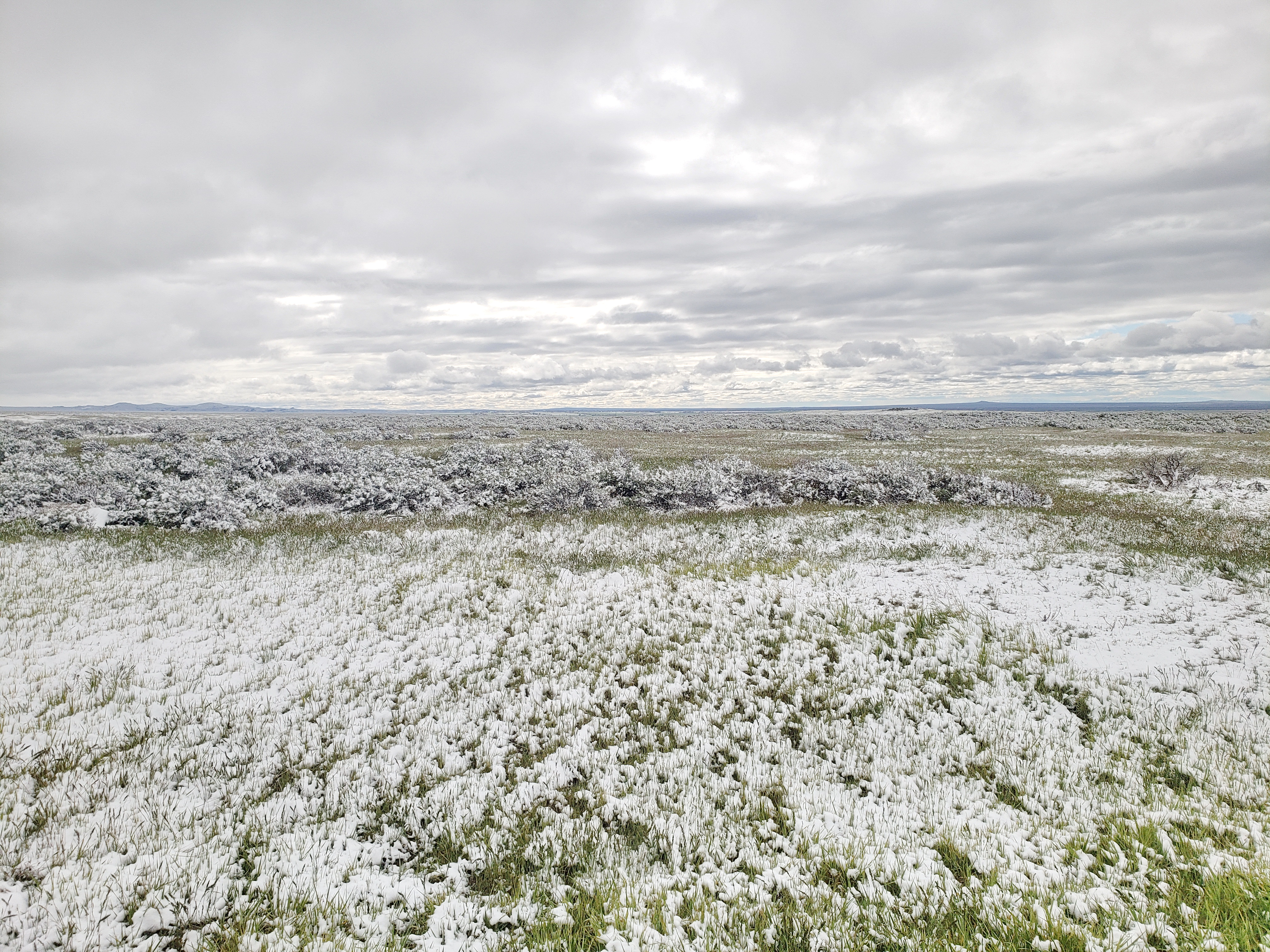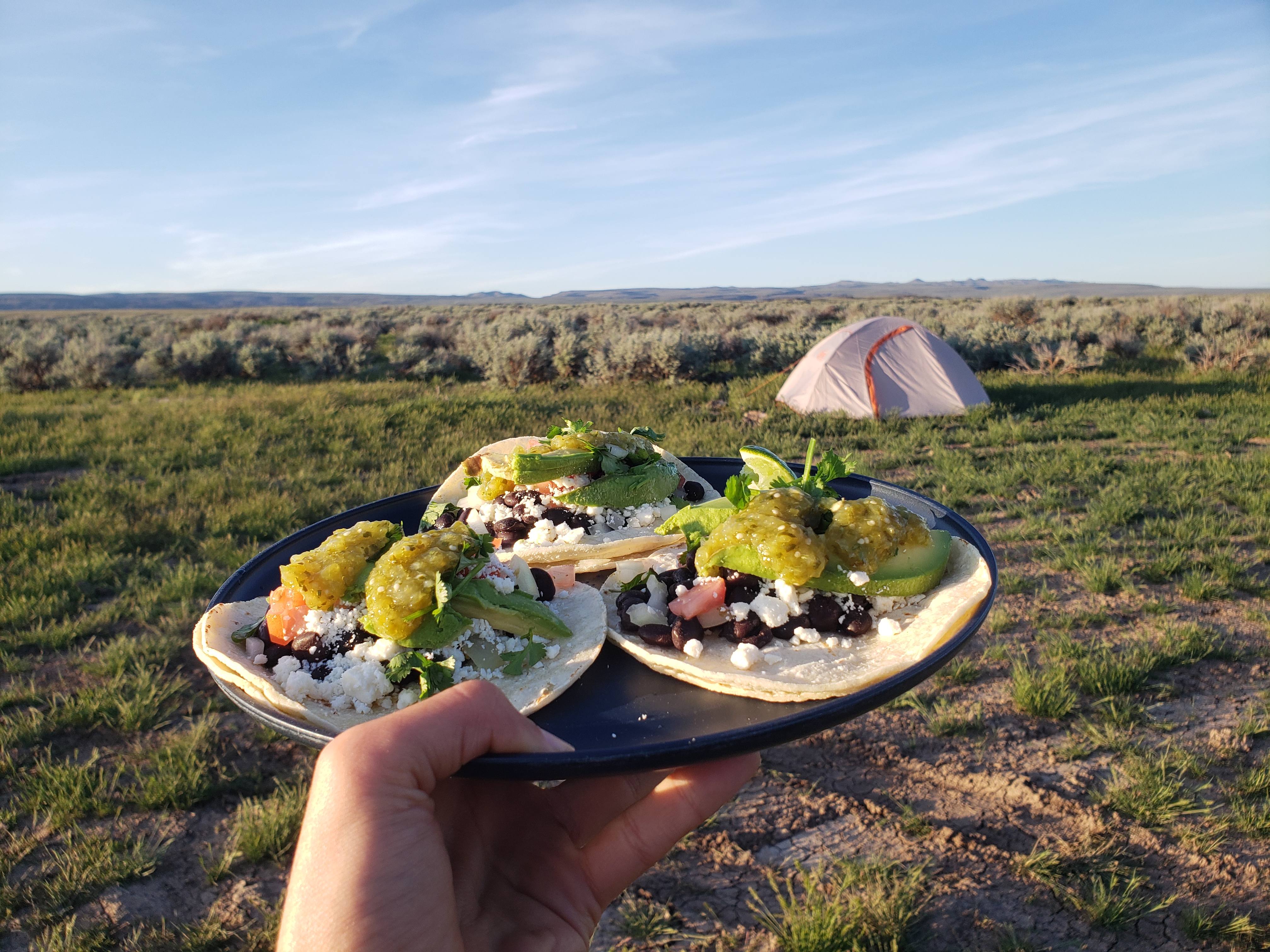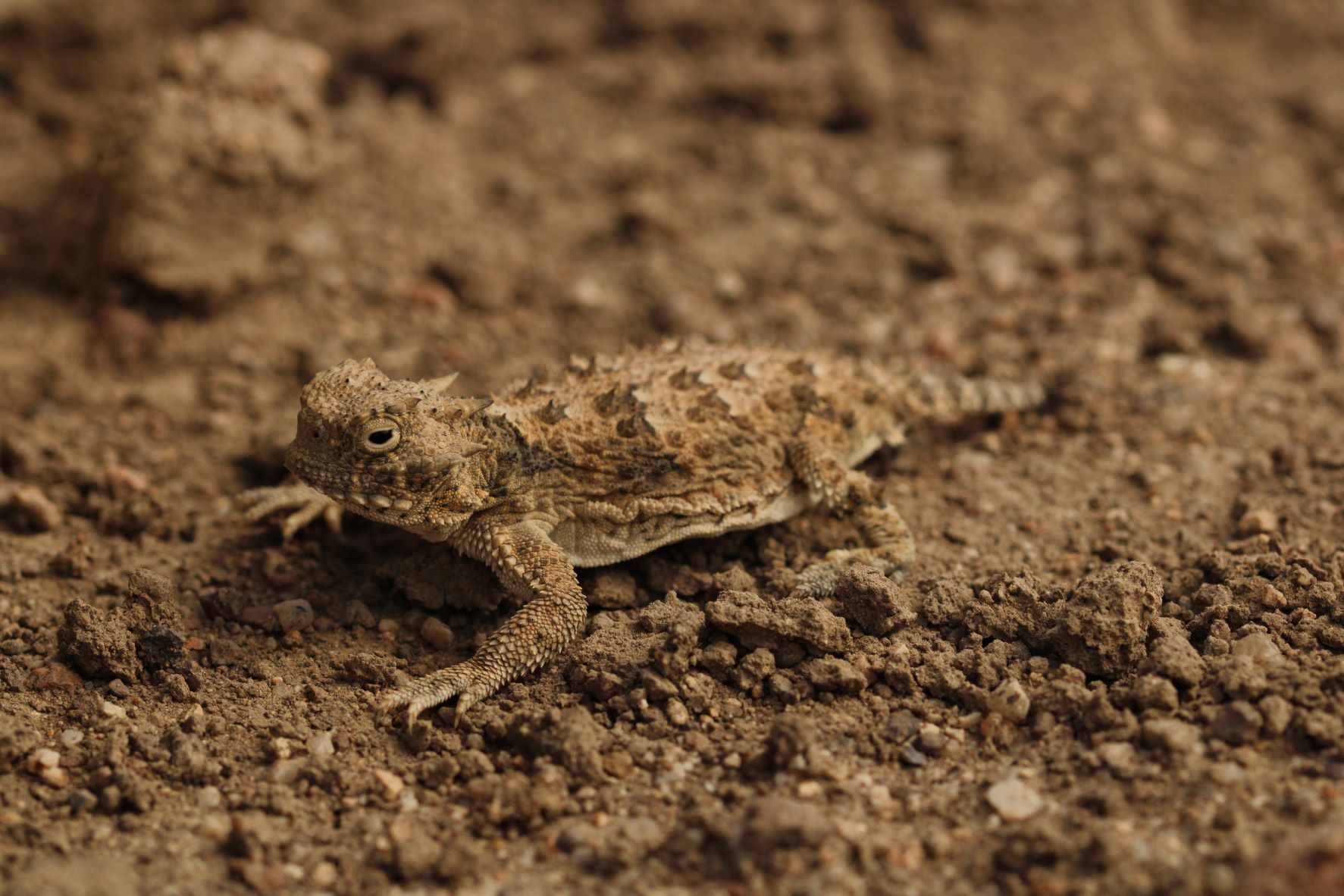
A Season in the Snake River Plain: Tracking the Status of Rare and Endangered Plants
By Vero Tessier and Chris Donovan
July 2022
The Institute for Applied Ecology finished another successful field season surveying rare plants in Idaho for the Bureau of Land Management (BLM). The purpose of this project is to collect critical data that will help local BLM offices and the US Fish and Wildlife Service make future management decisions to conserve these species. We experienced a wide range of Idaho’s weather, waking up to two inches of snow (and waiting for it to melt so we could see our plants again) early in the season and braving scorching heat in the remote reaches of the Diamond A Desert in June.
Our species included a tiny Cymopterus (Cymopterus acaulis var. greeleyorum, or Greeley’s wavewing), two sneaky milkvetchs (Astragalus atratus var. inseptus, or Mourning Milkvetch, and Astragalus newberryi var. castoreus), the aptly named Obscure Phacelia (Phacelia inconspicua), Malheur Prince’s Plume (Stanleya confertiflora), an adorable barrel cactus (Pediocactus simpsonii), and a pepperweed endemic to salty clay flats called playas (Lepidium davisii). Our search brought us to Craters of the Moon National Monument, Little City of Rocks Wilderness Study Area, high desert mesas, rolling sagebrush hills, and the steep river canyons north of the Jarbidge mountains.
Every week we traveled to locations where rare plant species were previously recorded, creating updated maps of the populations as we surveyed. We counted or estimated numbers of individuals in the population and gathered data on phenology (timing of life events like flowering), associated species, disturbances, and more to paint a clear picture of each population for the BLM botanists.
Perks included exploring areas far from established trails or roads where few people go. We especially enjoyed stumbling into other rare or interesting plants while surveying. We were lucky to see a wide variety of wildlife, including baby pronghorns, elk, desert horned lizards, great basin rattlesnakes, common nighthawks, and black-tailed jackrabbits. At the season’s end, the sagebrush was overrun with cicadas who hitched rides on us as we hiked.
Our final adventure was an extended trip to the Diamond A desert. Our longest and most remote hitch, we drove all the way into Nevada just to reach a safe place to cross a canyon. One memorable and amusing experience was when shopping for ice to fill our coolers. We stopped in the only town for miles, but arrived three hours before the general store opened. While antsy to get out to the desert, we decided to wait in the only restaurant in town. The friendly waiter offered us everything from coffee to fresh bread to Bloody Maries to joints! We politely declined and just drank coffee. and finally got the ice we needed. As the cafe filled up with people ready to go adventuring in the Jarbidge Mountains, we left for our own work in the desert. We celebrated the season’s end with a refreshing swim in the canyon before continuing home.
This season was a rewarding experience involving meeting interesting people in and out of the conservation field, spending a lot of time outdoors, and refining our botany skills. We thank the Idaho Bureau of Land Management and the US Fish and Wildlife Service.
About the Authors:
Chris Donovan (Crew Lead) has spent the last three years doing botanical field work throughout the west, including seed collection, plant surveys, and precision restoration. He was delighted to spend this season tromping around Idaho and exploring its plants and landscapes while contributing to the conservation of its flora. His next adventure is returning to graduate school at the University of Vermont.
Vero Tessier (Technician) has been traveling around the country over the past year doing various field jobs from trail maintenance to invasive plant management to vegetation monitoring. However, her passion is for botany and she feels lucky to have spent the summer field season in Idaho essentially doing scavenger hunts for rare plants. Her next adventure is botanical field work in Oklahoma.
Restoration
Research
Education
Contact
Main Office:
4950 SW Hout Street
Corvallis, OR 97333-9598
541-753-3099
info@appliedeco.org
Southwest Office:
1202 Parkway Dr. Suite B
Santa Fe, NM 87507
(505) 490-4910
swprogram@appliedeco.org
© 2025 Institute for Applied Ecology | Privacy Policy





